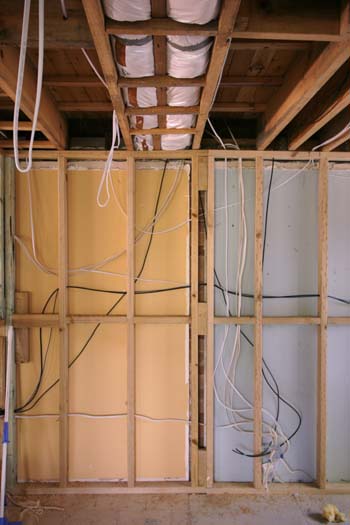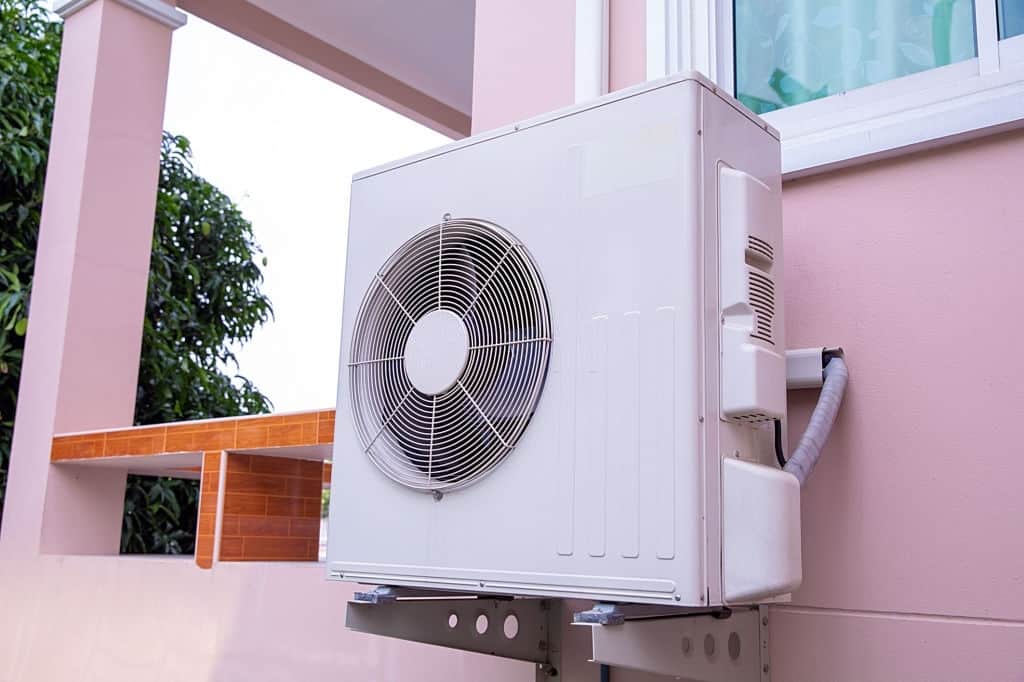Demystifying Electric Installment: Recognizing Codes and Rules for a Legal and Safe Configuration
In the world of electric installment, adherence to codes and regulations is critical to make sure both legitimacy and safety and security. The complexities bordering electric work can be complicated, yet acquainting oneself with the established standards is key to navigating this field with confidence. By understanding the intricacies of the National Electric Code and local building codes, individuals can guarantee that their installations meet required precaution and remain in conformity with the regulation. Nonetheless, the trip to demystifying electrical installation goes beyond simple familiarity with policies; it necessitates an extensive grasp of just how to carry out safe electric practices properly.
Importance of Electric Codes
The adherence to electrical codes is critical in making sure the safety and dependability of electric installations. Electrical codes work as a collection of standards and guidelines that dictate the correct design, installation, and maintenance of electric systems. These codes are developed to minimize the risk of electrical threats, fires, and various other safety worries that might emerge from faulty electrical work.

Furthermore, electric codes are on a regular basis updated to integrate brand-new modern technologies, best practices, and safety and security measures. Staying upgraded with these codes is crucial for experts in the electric market to ensure that their job meets the most up to date safety criteria. Eventually, the importance of electric codes hinges on producing a secure and effective electric facilities that profits both individuals and neighborhoods.
Trick Regulations for Safety And Security
Several essential laws regulate the safety and security standards in electrical installments. One essential guideline is the National Electric Code (NEC), which offers standards for secure electrical design, setup, and evaluation to shield people and residential property from electric risks. The NEC covers facets such as circuitry methods, grounding, overcurrent security, and tools installment to ensure a risk-free electric system.
One more vital law is the Occupational Safety and Health And Wellness Administration (OSHA) requirements, which concentrate on the safety and security of employees involved in electrical installations (BRE Electrical Melbourne). OSHA regulations include requirements for proper training, safety procedures, and personal protective equipment to stop work environment mishaps and injuries
Additionally, the International Electrotechnical Commission (IEC) criteria intend to balance electric setup regulations on a global range. These requirements address problems like electrical equipment safety, electro-magnetic compatibility, and energy effectiveness to advertise uniformity and safety in electric setups worldwide.
Compliance with these key laws is important to make sure the safety and validity of electric installations, shielding both individuals and residential or commercial property from the threats connected with electrical energy.
Understanding National Electric Code
Trick policies such as the National Electric Code (NEC) supply important standards for safe electrical layout, installment, and assessment to make sure the security of individuals and building from electrical threats. The NEC, also referred to as NFPA 70, is an extensive collection of standards for electric installations that are updated every 3 years. It is developed by the National Fire Defense Organization (NFPA) and is commonly taken on across the USA.
The NEC covers different facets of More Info electric work, consisting of wiring techniques, grounding, overcurrent protection, and devices setup. It aims to safeguard people and residential property by resolving prospective risks connected with electric systems. Conformity with the NEC is usually imposed by regional authorities having territory (AHJs), such as building code authorities and examiners.
Understanding the NEC is essential for electrical professionals, designers, and inspectors to make sure that installations fulfill the essential safety requirements. By sticking to the NEC guidelines, specialists can help prevent electric mishaps and guarantee the integrity of electric systems in residential, industrial, and commercial settings.

Compliance With Neighborhood Building Regulations
Understanding and sticking to local building codes is important for making sure you could try here the security and compliance of electric setups within a certain territory (BRE Services). Local building regulations differ from one community to an additional, and they are established to protect the wellness of occupants and residential or commercial properties. These codes detail certain demands for electric setups, such as the type of wiring to be used, positioning of outlets, grounding methods, and load abilities. By adhering to local structure codes, electrical contractors can ensure that installments are done properly and fulfill the necessary security criteria.
When it comes to electrical installments, failure to abide with local structure codes can result in significant consequences. Non-compliant setups might posture safety hazards, boost the danger of electrical fires, and lead to expensive penalties or lawful concerns.
Making Certain Safe Electric Practices
Practicing stringent adherence to developed security procedures is vital in the area of electrical installments to mitigate possible risks and guarantee the wellness of individuals and residential properties. Safety in electric job incorporates various aspects, beginning with the appropriate training of personnel involved in installment, maintenance, and repair work. By prioritizing risk-free practices, electrical setups can work successfully while minimizing the chance of accidents or damage.
Final Thought
Finally, adherence to electric codes and guidelines is critical for ensuring the safety and security and legitimacy of electric setups. Understanding the National Electric Code and conformity with regional building regulations are essential for a find risk-free configuration. By adhering to these guidelines and practicing risk-free electrical techniques, individuals can stop possible hazards and ensure the appropriate performance of their electric systems.
Comments on “Customized BRE Electrical Solutions for Effective and Safe Installations”